When it comes to building muscle, improving core strength, and enhancing balance, many people automatically think of weightlifting or high-intensity interval training. But what about walking and jogging? These accessible, low-cost cardiovascular activities are often overlooked for their muscle-building potential. So, which one—walking or jogging—is more effective for building muscle, especially in the core and lower body, while also improving balance?
Let’s break down the science, compare the benefits, and provide practical guidance on how to adapt each activity for maximum results.
Muscle growth, or hypertrophy, occurs when muscle fibers experience stress and micro-tears during exercise, then repair and grow stronger during recovery. While resistance training is the gold standard, certain forms of cardio—especially those involving resistance or intensity—can also stimulate muscle development, particularly in the legs, glutes, and core.
Both walking and jogging engage major lower-body muscle groups: quadriceps, hamstrings, calves, and glutes. However, the degree of activation and overall muscle-building potential varies based on intensity, duration, and terrain.
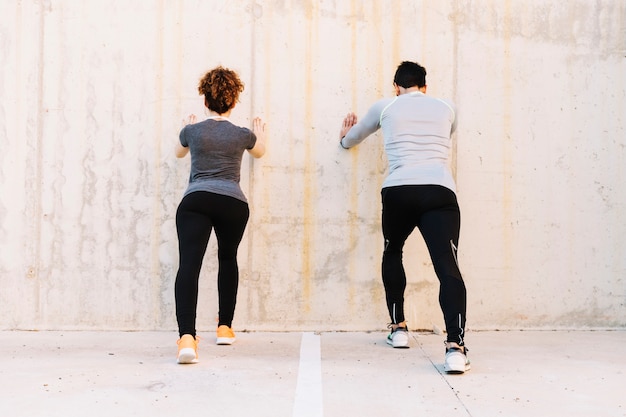
Walking is often underestimated. But when done with intention—especially on inclines or uneven terrain—it becomes a powerful tool for building endurance, engaging stabilizing muscles, and improving balance.
Incline walking, in particular, increases resistance and activates more muscle fibers. According to fitness research, walking uphill recruits more glute and hamstring muscles than flat jogging. This added resistance mimics strength training, stimulating muscle growth over time without the joint stress of high-impact running.
Moreover, walking challenges your core and balance. Every step requires stabilization from your abdominal and lower back muscles, especially on trails, hills, or uneven sidewalks. This constant micro-adjustment strengthens postural muscles and enhances neuromuscular coordination.
Jogging is a higher-impact, higher-intensity activity that burns more calories per minute than walking. This increased demand can contribute to fat loss, which may reveal more muscle definition. However, jogging primarily improves muscular endurance rather than size.
While jogging does engage the same lower-body muscles as walking, the repetitive motion and shorter ground-contact time limit the time under tension—key for muscle growth. Additionally, the high-impact nature can lead to joint fatigue, potentially reducing recovery capacity for strength training.
That said, sprint intervals or hill sprints—forms of high-intensity jogging—can significantly boost muscle activation, particularly in the glutes and calves, and elevate growth hormone levels, supporting muscle development.
Core strength isn’t just about crunches. It’s about stability, posture, and functional movement. Walking—especially on varied terrain—requires constant engagement of the core to maintain balance and alignment.
In contrast, jogging on flat, predictable surfaces offers less balance challenge. The rhythmic, repetitive motion doesn’t demand as much stabilization, meaning fewer core activation opportunities.
To maximize core and balance benefits, try walking on trails, sand, or using a treadmill with variable inclines. These conditions force your body to adapt, improving proprioception and engaging deep core muscles like the transverse abdominis and obliques.

Whether you choose walking or jogging, you can optimize either for muscle development with a few strategic adjustments:
For pure muscle hypertrophy, neither walking nor jogging replaces resistance training. However, incline walking comes closer than flat jogging due to greater time under tension, higher muscle activation, and lower injury risk.
Jogging excels in cardiovascular fitness and calorie burn, which supports fat loss and muscle definition. But for building functional muscle, improving core strength, and enhancing balance—especially for beginners, older adults, or those with joint concerns—walking, particularly on inclines, is the superior choice.
The best exercise is the one you can sustain consistently. Walking is joint-friendly, accessible, and highly adaptable for muscle and balance gains. Jogging offers higher-intensity benefits but may not build significant muscle on its own.
For optimal results, consider combining both: use incline walking for muscle and balance, and add short jogs or sprints for cardiovascular intensity. Pair either with strength training for a complete fitness regimen that builds muscle, burns fat, and improves overall function.

Fitness

Fitness

Fitness

Fitness
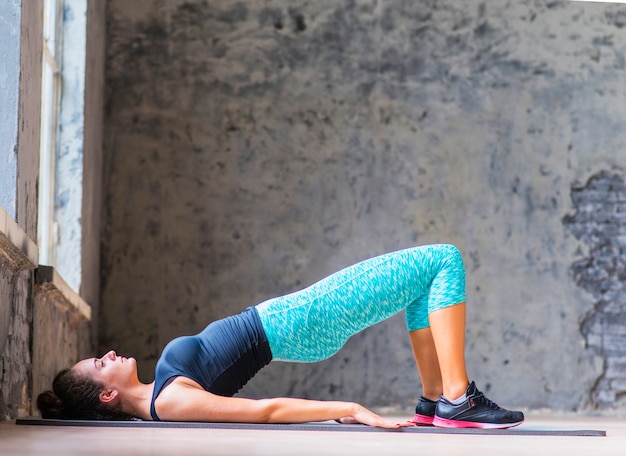
Fitness

Fitness
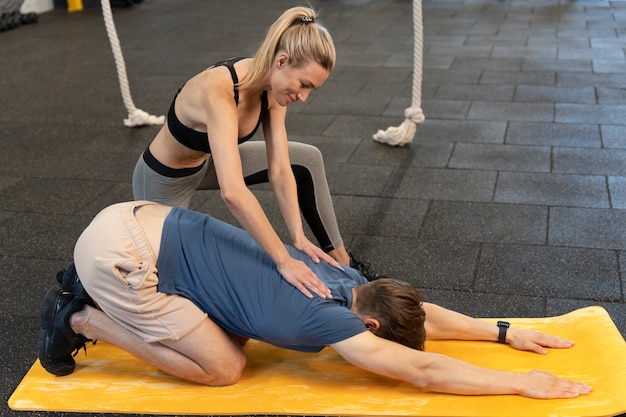
Wellness
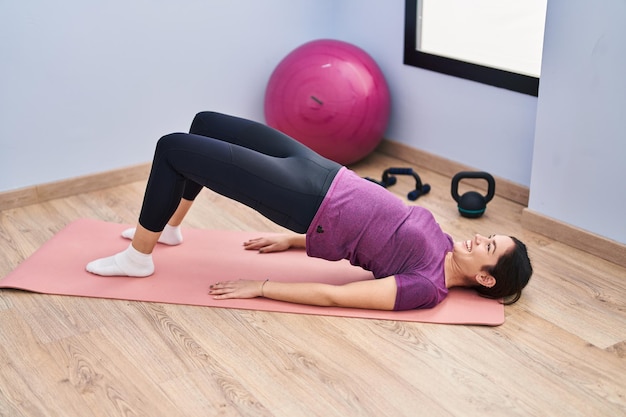
Fitness

Wellness
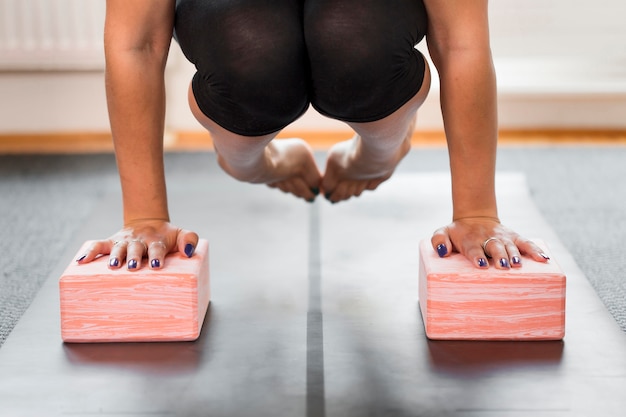
Fitness
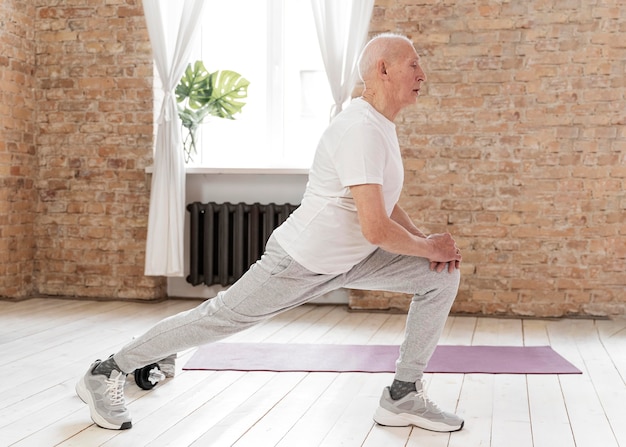
Fitness

Fitness

Health

Fitness

Health

Health